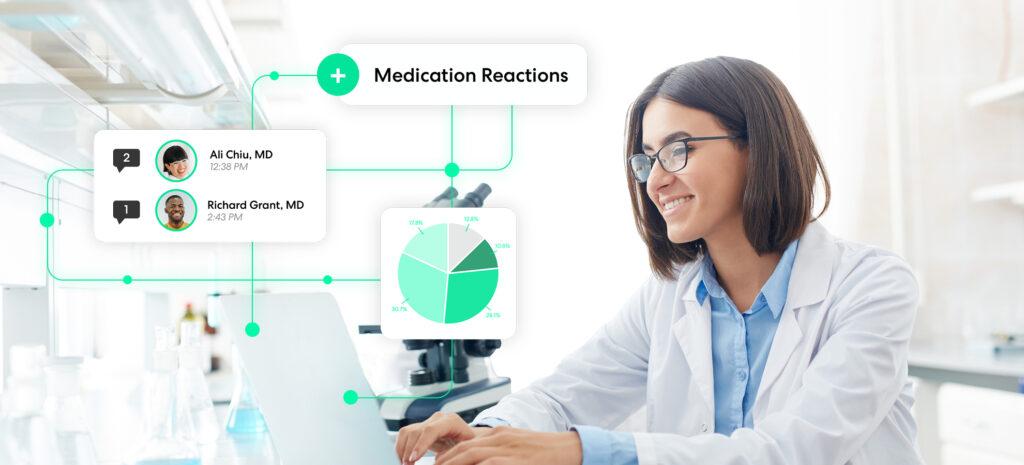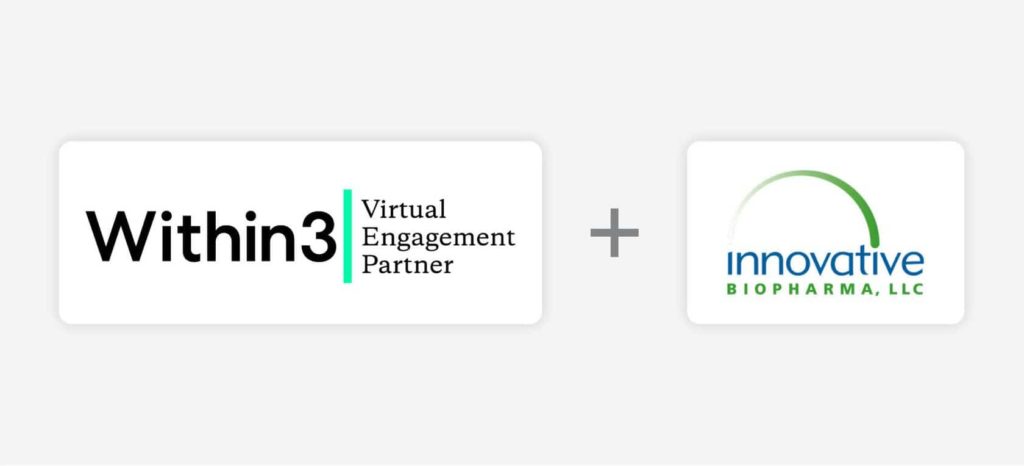In the first post of this pre-clinical series, we discussed the stakeholders, timelines, and requirements that limit how much time can realistically be saved during pre-clinical studies. Yet efficiency and speed are increasingly a part of the clinical landscape, with wearables, decentralized trials, and just-in-time tactics experiencing increased adoption.
To understand pre-clinical challenges and identify areas that could potentially be accelerated by insights management technology, Within3 spoke with Evan Goldberg, Director of Scientific Affairs for GCMI and T3 Labs, an industry-leading CRO based in Atlanta.
Within3: What can make contracting such a common cause of avoidable delay in pre-clinical work?
Evan Goldberg: We have legal agreements in place for each project, including a nondisclosure agreement before exchanging confidential information and, ultimately, a master services agreement. We also provide an estimate for each specific study that is unique unto itself.
After our customers describe the scope of work, we’ll then ask questions to generate insights in the interest of potential efficiencies to gain. Those frequently relate to test subjects or models, procedures or GLP ‘interests’ against which we create an estimate. When the client is ready to move forward, they sign the estimate, and we work to get a master services agreement in place prior to starting the study.
There have been times where we’ve negotiated, produced, and signed those documents all via email and phone conversations. And there’ve been times where multiple site visits are involved and anywhere in between…not all preclinical estimates are created equal, and the volume and variability of common costs in pre-clinical work are significant.
Within3: What is that process like? Is it primarily manual?
Evan Goldberg: In too many cases, yes. The contracting phase of preclinical work can be the bane of my existence as a scientific affairs director who would rather be working on the science itself.
Within3: What’s the impact of delays during this process?
Evan Goldberg: Failing to have a perfected contract in the right place at the right time can be a massive headache. It’s also important to note that preclinical study protocols are written with regulatory reviewers in mind, who are frequently the ultimate consumers of preclinical study reports – especially for GLP [good laboratory practice] studies [that] regulatory bodies require for market approval or critical milestone achievement to advance to the next phase of the commercialization process, including clinical trial design and enrollment.”
Chasing forwarded emails, ensuring they’re responded to by the right person, in the right place and time inclusive of contract edits and comments, then returning the contract to the client is a process that is almost desperate for improvement.
Within3: Where’s the opportunity for acceleration?
Evan Goldberg: It’s in the tracking of the process. Checklists are helpful, but chasing documentation in the pre-clinical contracting and protocol development processes is a time burn and sizable pain point. I can’t just point to my own head when someone asks where we are in the contracting or protocol process or where a certain piece of information, insight, or documentation lives.
A hodgepodge of documents, attachments, email, and over-the-phone or in-person conversations isn’t untenable, but it does demonstrate that there is room for the right platform or tool for insights, information, and documentation management to streamline the process and take a big bite out of the time consumed in preclinical contracting and protocol development. And this all needs to happen with full assurance of confidentiality, data security.
Why insights management for pre-clinical work?
Assuming pre-clinical work, including study and protocol design, shares the same need for collaboration and supporting tools as activities farther along the commercialization pathway, pre-clinical study directors and their sponsors or clients may well find their timelines shortened and insights improved using an insights management platform. In our next post, we explore how insights management can reduce risk at the pre-clinical stage. Read it here.







